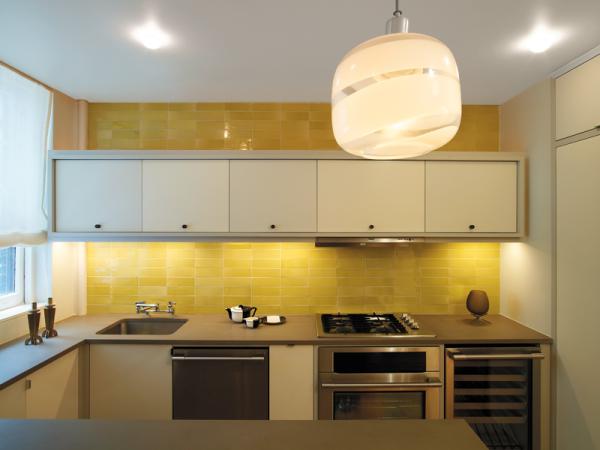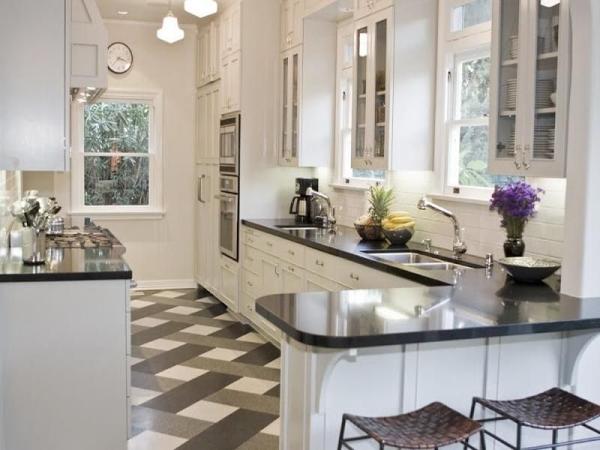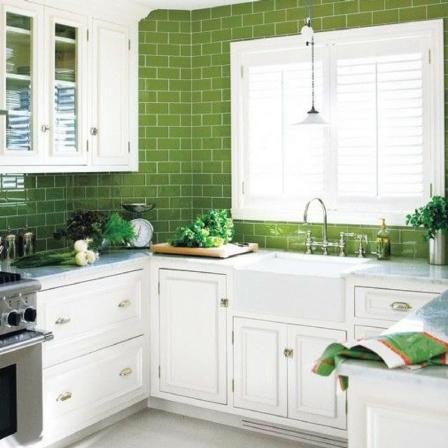Choosing the perfect flooring material for your business or residential space is a critical decision that requires careful consideration. Among the plethora of options available, ceramic tiles and granite have emerged as popular choices due to their durability, aesthetic appeal, and functionality. This article aims to provide an in-depth comparative analysis of ceramic tiles and granite, focusing on their key characteristics, advantages, and drawbacks, to help you make an informed flooring decision. Durability and Strength: One of the primary factors to consider when selecting flooring is its durability. Ceramic tiles possess exceptional strength and are resistant to scratches, stains, moisture, and wear caused by heavy foot traffic. The manufacturing process involving firing at high temperatures ensures the quality and durability of ceramic tiles. On the other hand, granite, a natural stone, offers unparalleled strength and longevity. Granite’s durability is especially advantageous in high-traffic areas prone to spills, impact, and daily wear and tear. However, it should be noted that granite may require periodic sealing to maintain its durability and prevent staining.
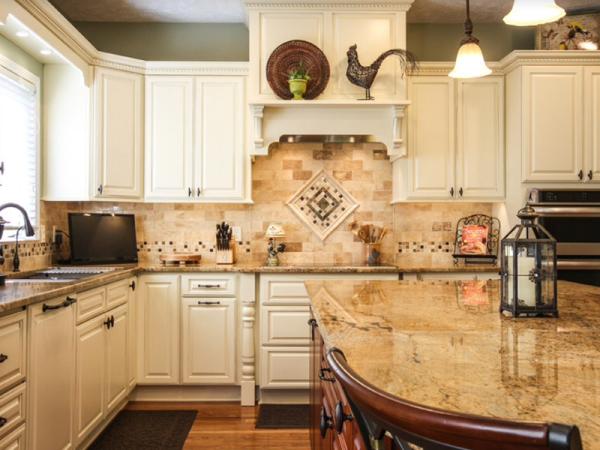
.
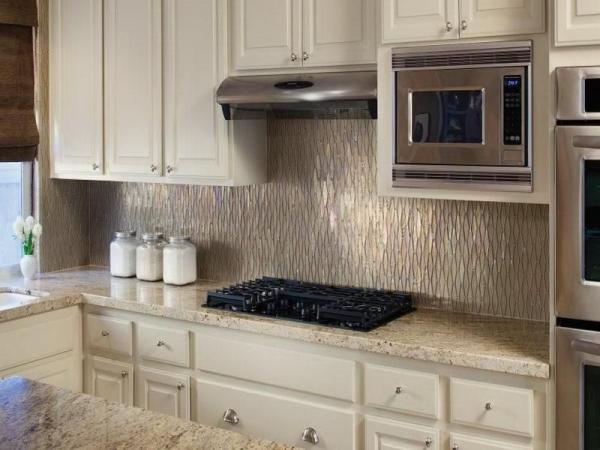 Aesthetic Appeal and Design Options: The visual appeal of flooring greatly contributes to the overall ambiance and style of a space. Ceramic tiles offer a diverse range of design options, allowing for customization to suit various interior design styles. From vibrant colors to decorative patterns, ceramic tiles can be tailored to achieve desired aesthetics, making them a versatile choice for any setting. In contrast, granite boasts a timeless beauty and natural elegance that is difficult to replicate. Available in a multitude of colors, patterns, and finishes, granite offers a unique blend of aesthetics and uniqueness. Each slab of granite showcases its own distinctive veining and mineral composition, adding a touch of luxury and sophistication to any space. Maintenance and Cleaning: Both ceramic tiles and granite are relatively easy to maintain, but there are some differences to keep in mind.
Aesthetic Appeal and Design Options: The visual appeal of flooring greatly contributes to the overall ambiance and style of a space. Ceramic tiles offer a diverse range of design options, allowing for customization to suit various interior design styles. From vibrant colors to decorative patterns, ceramic tiles can be tailored to achieve desired aesthetics, making them a versatile choice for any setting. In contrast, granite boasts a timeless beauty and natural elegance that is difficult to replicate. Available in a multitude of colors, patterns, and finishes, granite offers a unique blend of aesthetics and uniqueness. Each slab of granite showcases its own distinctive veining and mineral composition, adding a touch of luxury and sophistication to any space. Maintenance and Cleaning: Both ceramic tiles and granite are relatively easy to maintain, but there are some differences to keep in mind.
..
 Ceramic tiles can be cleaned using common household cleaners, and grout lines may require occasional resealing to prevent staining. Regular sweeping and mopping can keep ceramic tiles looking pristine for years. Granite, being a porous natural stone, demands a bit more attention. It is essential to seal granite regularly to enhance its stain resistance. While granite can be easily cleaned with a mild detergent and water, it is recommended to use pH-neutral cleaners to avoid dulling its shine. Cost Considerations: Affordability is often a vital factor when choosing flooring materials. Ceramic tiles generally offer a more budget-friendly option, with a wide range of options available to suit different price points. Additionally, installation costs for ceramic tiles are typically lower than those for granite, making them a cost-effective choice.
Ceramic tiles can be cleaned using common household cleaners, and grout lines may require occasional resealing to prevent staining. Regular sweeping and mopping can keep ceramic tiles looking pristine for years. Granite, being a porous natural stone, demands a bit more attention. It is essential to seal granite regularly to enhance its stain resistance. While granite can be easily cleaned with a mild detergent and water, it is recommended to use pH-neutral cleaners to avoid dulling its shine. Cost Considerations: Affordability is often a vital factor when choosing flooring materials. Ceramic tiles generally offer a more budget-friendly option, with a wide range of options available to suit different price points. Additionally, installation costs for ceramic tiles are typically lower than those for granite, making them a cost-effective choice.
…
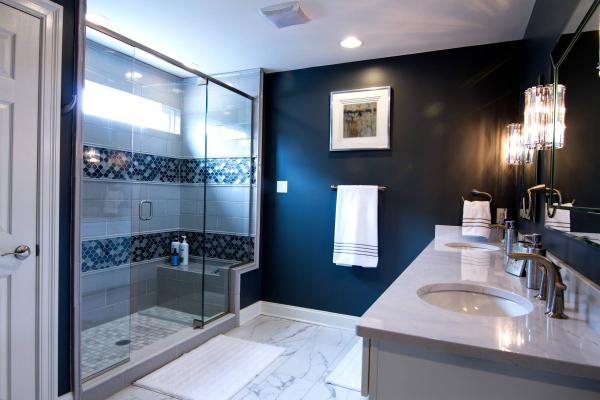 Conversely, granite is considered a premium and luxurious flooring option. Although the initial investment for granite may be higher, its durability, longevity, and timeless appeal make it a sound long-term investment. Conclusion: Ultimately, the choice between ceramic tiles and granite depends on various factors, such as aesthetic preferences, budget constraints, and the intended use of the space. Ceramic tiles offer versatility, a vast array of design options, and easier maintenance, while granite provides unparalleled durability, natural beauty, and a touch of luxury. By considering the specific needs and priorities of your project, you can confidently select the flooring material that best suits your requirements, ensuring a long-lasting and visually appealing space.
Conversely, granite is considered a premium and luxurious flooring option. Although the initial investment for granite may be higher, its durability, longevity, and timeless appeal make it a sound long-term investment. Conclusion: Ultimately, the choice between ceramic tiles and granite depends on various factors, such as aesthetic preferences, budget constraints, and the intended use of the space. Ceramic tiles offer versatility, a vast array of design options, and easier maintenance, while granite provides unparalleled durability, natural beauty, and a touch of luxury. By considering the specific needs and priorities of your project, you can confidently select the flooring material that best suits your requirements, ensuring a long-lasting and visually appealing space.
